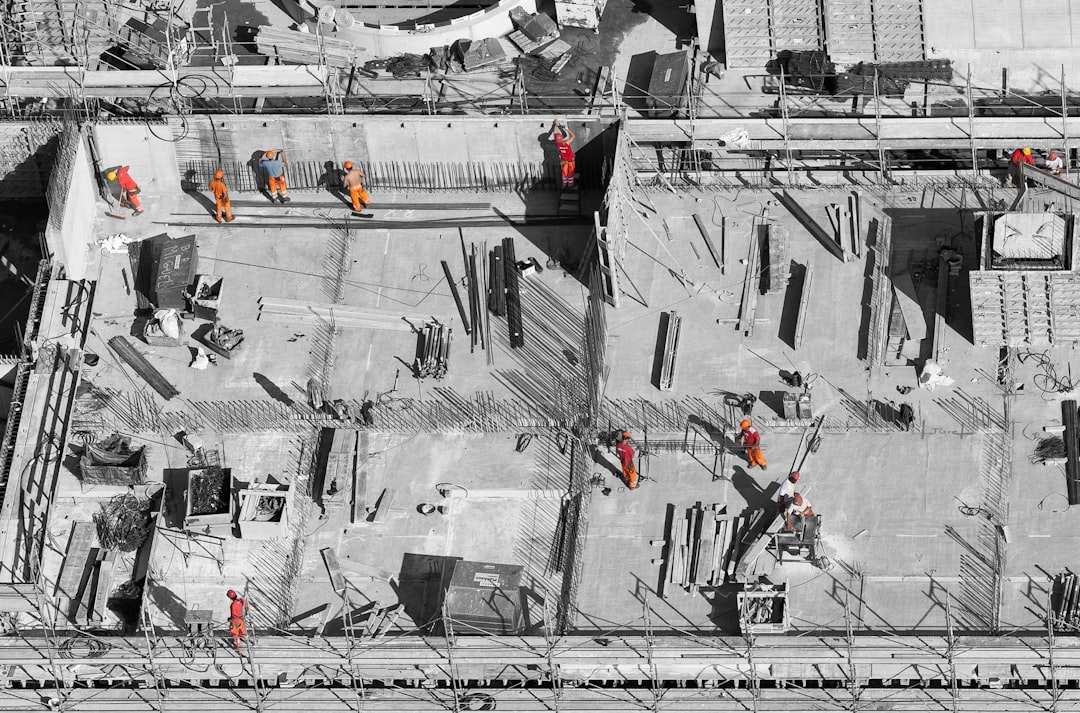A Simple Plan:

Commercial construction is a specialized field that involves the planning, design, and construction of buildings used for businesses, offices, retail stores, and other commercial purposes. It plays a crucial role in shaping the urban landscape and providing essential infrastructure for economic development. Whether it’s a large-scale office complex, a shopping mall, or a small commercial building, commercial construction projects are complex and require careful planning and execution to ensure success.
0 Picture Gallery: A Simple Plan:
One of the key aspects of commercial construction is the focus on functionality and efficiency. Unlike residential construction, where aesthetics and personal preferences play a vital role, commercial buildings must be designed to meet the specific needs of businesses and their customers. The layout should be optimized to facilitate smooth operations, provide a pleasant experience for customers, and maximize space utilization.
Another important consideration in commercial construction is compliance with building codes and regulations. Commercial buildings are subject to strict safety and accessibility requirements to ensure the well-being of occupants. This includes provisions for fire safety, emergency exits, wheelchair accessibility, and adherence to zoning regulations. Working with experienced architects, engineers, and contractors is crucial to navigate these complex regulations and ensure compliance.
Technology also plays a significant role in commercial construction. From advanced construction equipment and machinery to building information modeling (BIM) software, technology is transforming the way commercial buildings are designed and constructed. BIM, for example, enables professionals to create detailed digital models that simulate various aspects of a building, such as structural integrity, energy efficiency, and HVAC systems, before construction begins. This helps identify potential issues and minimize costly changes during construction.
In conclusion, commercial construction is a multifaceted discipline that requires a blend of technical expertise, careful planning, and attention to detail. Successful commercial construction projects require collaboration between architects, engineers, contractors, and other stakeholders to deliver functional and visually appealing buildings that meet the needs of businesses and comply with regulations. With the right team and strategic approach, commercial construction can create spaces that foster economic growth and contribute to the overall development of a community.
Lessons Learned from Years with
This post topic: Home Products & Services